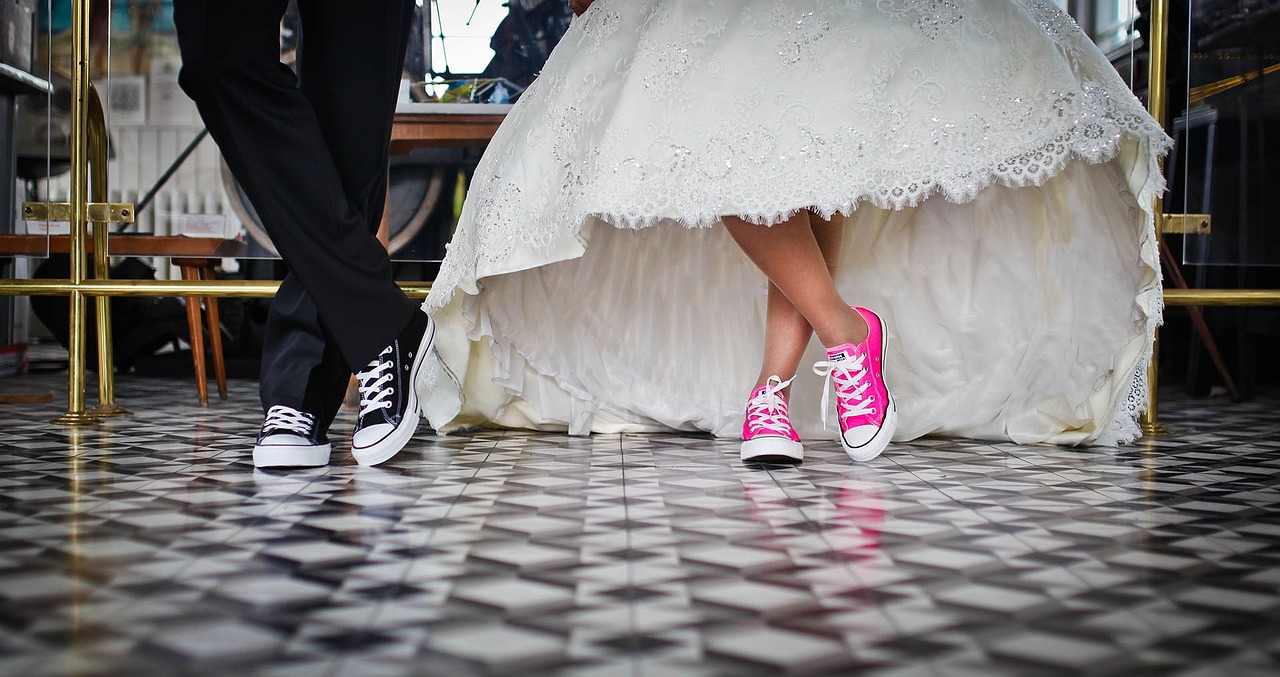
The Ultimate Guide to Different Types of Shoes: Exploring the World of Footwear
Footwear is an essential part of our daily lives, serving both functional and fashionable purposes. From the moment we step out of bed to the time we return, shoes play a crucial role in providing comfort, protection, and style. With the vast variety of shoes available today, it can be overwhelming to choose the right pair for every occasion. Whether you’re looking for athletic footwear, formal dress shoes, or casual sandals, understanding the different types of shoes can help you make informed decisions. In this comprehensive guide, we’ll explore the diverse world of shoes, from sneakers and boots to heels and loafers, and delve into the intricacies of shoe manufacturing, materials, and styles.
Introduction to Shoes: Defining Footwear
Shoes are more than just a covering for our feet. They are a reflection of our personality, lifestyle, and even our culture. The term “shoe” refers to a piece of footwear designed to protect and comfort the human foot while performing various activities. Over the centuries, shoes have evolved from simple sandals made of natural materials to sophisticated designs crafted from synthetic and leather materials. Today, the footwear industry offers an incredible variety of shoes, each tailored to specific needs and preferences.
Types of Shoes: A Comprehensive Overview
The world of shoes is vast and diverse, with countless styles, designs, and purposes. Here’s a breakdown of the most popular types of shoes:
Sneakers
Sneakers are one of the most versatile and widely worn types of shoes. They are designed for comfort and are suitable for various activities, including running, walking, and casual wear. Some popular types of sneakers include:
- Running Shoes: Designed for athletes, these shoes provide cushioning and support for high-impact activities.
- Casual Sneakers: Perfect for everyday wear, these shoes combine style and comfort.
- High-Top Sneakers: Known for their ankle coverage, these sneakers are popular in streetwear fashion.
- Slip-On Sneakers: These shoes are easy to wear and ideal for quick outings.
Boots
Boots are a type of footwear that covers the foot and extends up the ankle or higher. They are known for their durability and protection. Some common types of boots include:
- Ankle Boots: These boots reach just above the ankle and are perfect for both casual and formal outfits.
- Knee-High Boots: Extending up to the knee, these boots are a winter staple.
- Combat Boots: Originally designed for military use, these boots are now a fashion statement.
- Chelsea Boots: Sleek and stylish, these boots are a favorite for both men and women.
Sandals
Sandals are open footwear that exposes most of the foot, making them ideal for warm weather. Some popular types of sandals include:
- Flip-Flops: Simple and lightweight, these are perfect for the beach or pool.
- Gladiator Sandals: Featuring multiple straps, these sandals add a bold touch to any outfit.
- Slide Sandals: Easy to slip on, these sandals are great for casual wear.
High Heels
High heels are a symbol of elegance and sophistication. They are often worn for formal occasions or to add height. Some common types of high heels include:
- Stilettos: Known for their thin, high heels, these shoes are a classic choice for evening wear.
- Pumps: Closed-toe heels that are versatile and timeless.
- Wedge Heels: These heels provide height and comfort, making them suitable for all-day wear.
Loafers
Loafers are slip-on shoes that are both comfortable and stylish. They are a popular choice for casual and business-casual outfits. Some types of loafers include:
- Penny Loafers: Featuring a small slit across the strap, these loafers are a preppy classic.
- Tassel Loafers: Known for their decorative tassels, these shoes add a touch of sophistication.
- Gucci Loafers: A luxury option that has become a fashion icon.
Formal Dress Shoes
Formal dress shoes are designed for special occasions and professional settings. Some popular types include:
- Oxfords: Known for their closed lacing system, these shoes are a staple in men’s formal wear.
- Derby Shoes: Featuring an open lacing system, these shoes are slightly more casual than Oxfords.
- Monk Straps: These shoes have a unique buckle closure and are a stylish alternative to traditional lace-ups.
Athletic Footwear
Athletic footwear is designed for sports and physical activities. Some common types include:
- Running Shoes: Lightweight and cushioned for optimal performance.
- Basketball Shoes: High-top shoes that provide ankle support.
- Training Shoes: Versatile shoes suitable for gym workouts and cross-training.
Safety Shoes
Safety shoes are designed to protect the feet in hazardous environments. Some types include:
- Steel-Toe Boots: These boots have a reinforced toe cap to protect against heavy objects.
- Slip-Resistant Shoes: Designed to prevent slips and falls in wet or oily conditions.
- Electrical Hazard Shoes: These shoes protect against electrical shocks.
The Anatomy of a Shoe: Understanding Shoe Components
To truly appreciate the variety of shoes, it’s important to understand their components. Here are the key parts of a shoe:
- Upper: The part of the shoe that covers the top of the foot.
- Sole: The bottom part of the shoe that comes into contact with the ground.
- Heel: The raised part of the sole at the back of the shoe.
- Insole: The inner part of the shoe that provides cushioning and support.
- Outsole: The outermost layer of the sole, designed for durability and traction.
- Laces: Used to secure the shoe around the foot.
Materials Used in Shoe Manufacturing
Shoes are made from a variety of materials, each offering unique benefits. Some common materials include:
- Leather: Durable and breathable, leather is a popular choice for formal and casual shoes.
- Synthetic Materials: Lightweight and affordable, synthetic materials are often used in athletic footwear.
- Rubber: Known for its durability and grip, rubber is commonly used for soles.
- Textile: Fabrics like canvas and knit are used for casual and lightweight shoes.
The Shoe Manufacturing Process
The process of making shoes involves several steps, including design, material selection, cutting, stitching, and assembly. Modern shoe manufacturing combines traditional craftsmanship with advanced technology to create high-quality footwear.
Choosing the Right Shoes for Every Occasion
Selecting the right pair of shoes depends on the occasion, your personal style, and your comfort needs. Here are some tips:
- For Work: Opt for formal dress shoes or stylish loafers.
- For Sports: Choose athletic footwear designed for your specific activity.
- For Casual Outings: Sneakers, sandals, or boots are great options.
- For Formal Events: High heels or classic Oxfords are ideal.
The Future of Footwear: Trends and Innovations
The footwear industry is constantly evolving, with new trends and innovations shaping the future of shoes. Some emerging trends include:
- Sustainable Footwear: Eco-friendly materials and manufacturing processes.
- Smart Shoes: Shoes with embedded technology for fitness tracking and comfort.
- Customizable Shoes: Personalized designs and fits.
Conclusion: The World of Shoes Awaits You
From sneakers and boots to heels and loafers, the world of shoes is incredibly diverse. Whether you’re looking for comfort, style, or functionality, there’s a perfect pair of shoes for every occasion. By understanding the different types of shoes, their components, and the materials used, you can make informed choices and step out in confidence. So, explore the variety, embrace the trends, and find the shoes that best suit your lifestyle.
This guide is just the beginning of your journey into the fascinating world of footwear. Whether you’re a shoe enthusiast or a casual wearer, there’s always something new to discover. So lace up your favorite pair and step into the future of fashion and function!






